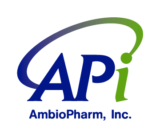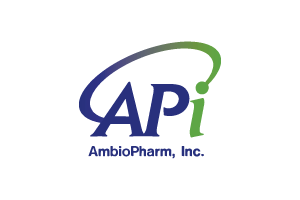It is important to understand the difference between net peptide content and total (gross) peptide content. The lyophilized peptide powder shipped to you usually contains not only peptide, but also some other substances such as water, adsorbed solvents, counterions and salts. The total peptide content refers to the weight of this mixture (Gross Weight). Net peptide weight indicates the actual weight of only the peptide component of your sample. In most peptides, net peptide content is usually 60-90% of the total peptide weight (also called gross peptide weight) and is usually determined by elemental analysis, amino acid analysis (AAA) or UV spectrophotometry. In the case of peptides purified by reverse-phase High Performance Liquid Chromatography (RP-HPLC), the buffer used (typically TFA/H2O) contributes a salt to any free amine groups within the peptide. Salt forms can be exchanged by ion-exchange. The vast majority of peptide APIs are produced as acetate salts.
Net peptide content should not be confused with purity. Purity defines the percentage of the target peptide sequence in the peptide component of your sample. In concentration calculations, it is important to consider peptide content.
Read more here in our blog post on net peptide content.
Learn more about peptide salt forms and counterions here.
Read “How is theoretical net peptide content calculated?” here.
Interested in learning more about Peptide Manufacturing? Contact Us.

 中文
中文